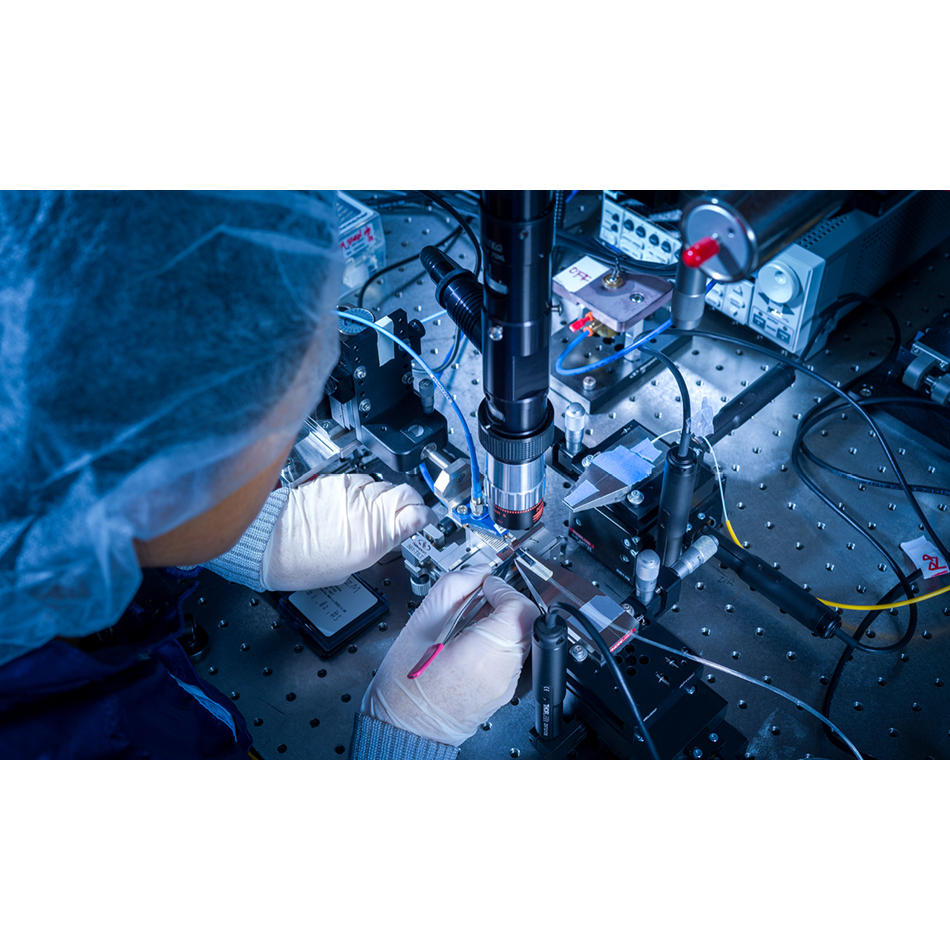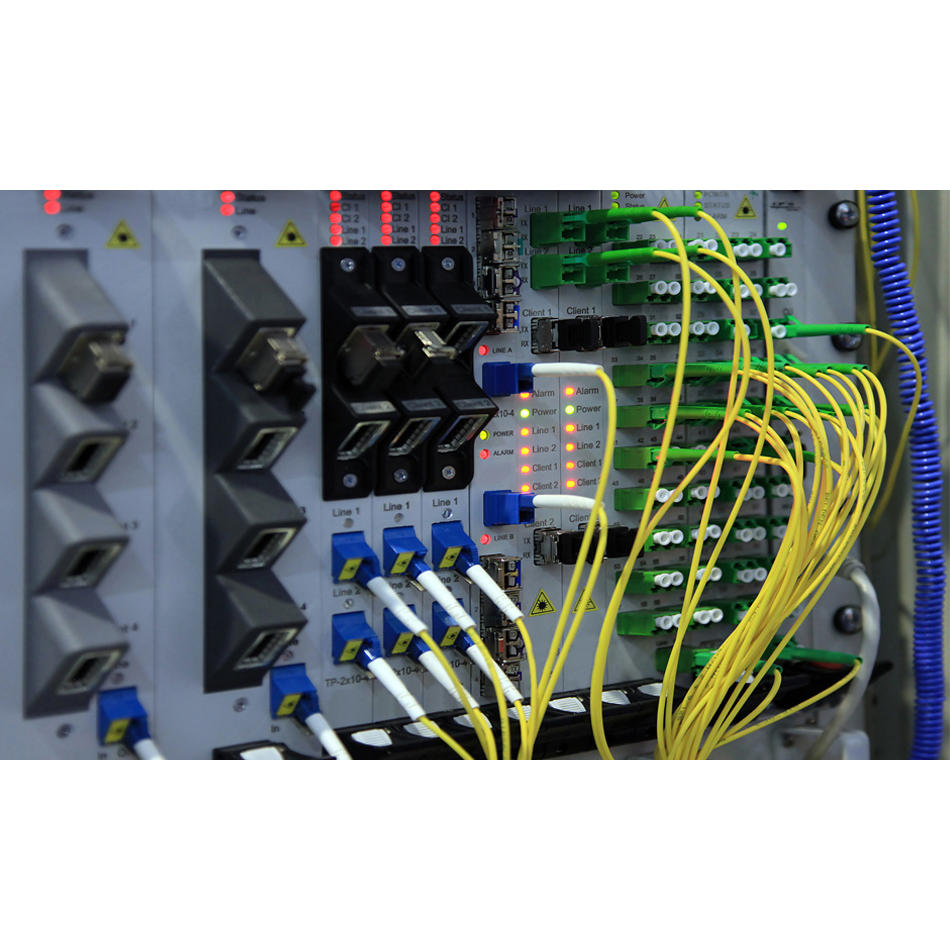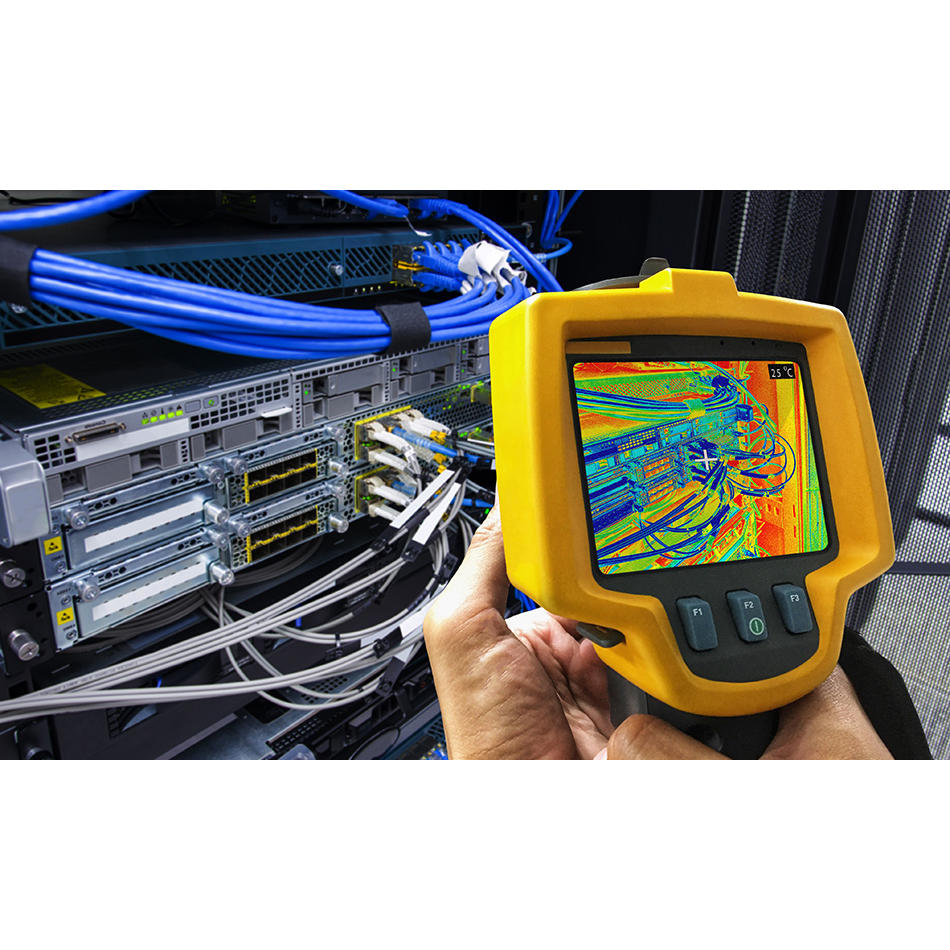Driving Even Faster Datacom
See why the rapid growth in AI/ML is driving a demand for faster datacom enabled by innovative Coherent solutions.
January 22, 2024 by Coherent
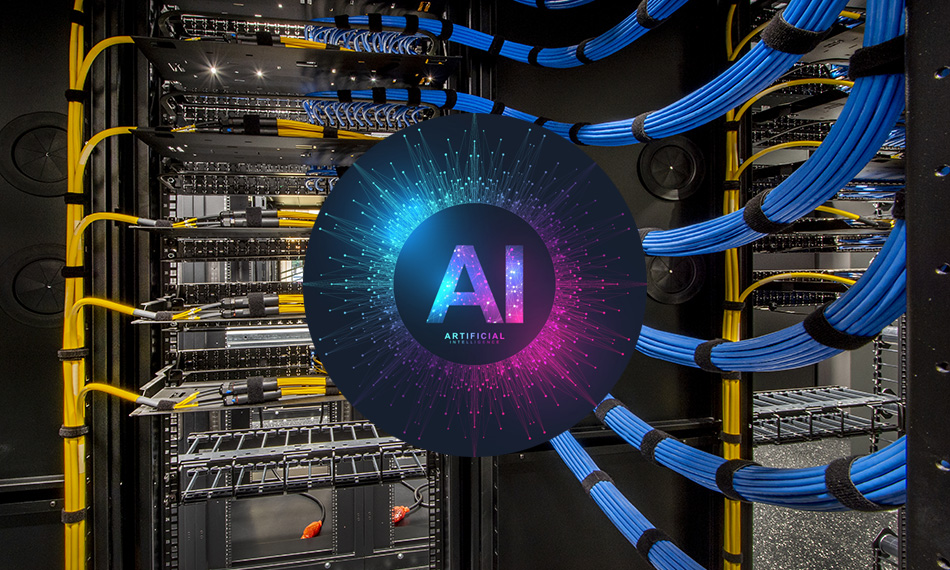
Coherent has been a leader in datacom solutions for decades. From our viewpoint, AI isn’t new, in the sense that the optical connectivity solutions are the same as those used in mainstream networking It’s just been getting more attention recently due to the hyperscale data centers deploying massive machine learning networks, and the expectation that increasing trends in AI-powered consumer apps will drive further cloud expansion.
In fact, we have been selling transceivers (and components) for AI/ML use since its very first deployment in the cloud. When you consider that AI/ML optical communication specs are a closely related derivative of Ethernet specs, you could say our relevant experience extrapolates back well beyond that time — over 35 years in fact.
What is new, however, is the need for increased speed, higher capacity in intra-datacenter communications, and lower latency to support cloud growth. All those machine-to-machine queries need to connect to each other quickly and seamlessly. Specifically, the rapid growth in AI/ML means that dedicated AI/ML servers represent a fast-growing portion of hyperscale data center infrastructure. These servers are connected to the rest of the network with optical transceivers.
Our vertical integration delivers faster solutions, faster
800G is the state of the art today for pluggable transceivers, but 1.6T pluggables will be coming soon. And as always in datacenters, minimizing cost is an overarching priority. You can see an example of how we harness our vertical integration toward these speed and costs goals in transceiver performance demonstrations we conducted in 2023 at OFC and ECOC.
First-generation 800G relies on transceivers with 8x100G optical lanes. Our heavily attended product demos showcased 200G optical lanes; specifically, we have integrated these lasers in an 800G transceiver in an OSFP form factor. 8x100G PAM4 electrical interface was converted into four CWDM wavelengths, each operating at 200G PAM4. This second-generation format is more power-efficient and cost-effective than the previous 8x100G optical lane approach; both are important requirements for these interconnects. Moreover, we also demonstrated these devices in a format to showcase how 200G PAM4 can support future 1.6T transceivers with up to 10 km reach.
This speed increase to 200G presented major technical challenges, e.g., avoiding excessive power consumption, maintaining low-noise and no crosstalk. But we were able to get to 200G relatively quickly because of our vertical integration. We design and manufacture all the active and passive technologies in-house: the lasers, optics, thermal management solutions, etc. And just like for first-generation 800G products, our approach to developing these new transceivers remains technology-agnostic so that we can readily configure these to support specific format needs, saving time and costs.
Faster solutions for faster data rates
For high-speed datacom applications, at the data rates of 100 Gbps and above, two main types of lasers are used:
- Vertical cavity surface emitting laser (VCSEL) for short reach
- Distributed feedback laser (DFB), integrated with a modulator into a photonic integrated circuit (PIC), for long reach.
Lasers with integrated electro-absorption modulator (EML) are widely used for current transceivers. On the other hand, a laser with an integrated Mach-Zehnder modulator (DFB-MZ) has advantages where linearity and chirp control are required — for example, for link lengths beyond 2 km and for linear pluggable optics (LPO) applications.
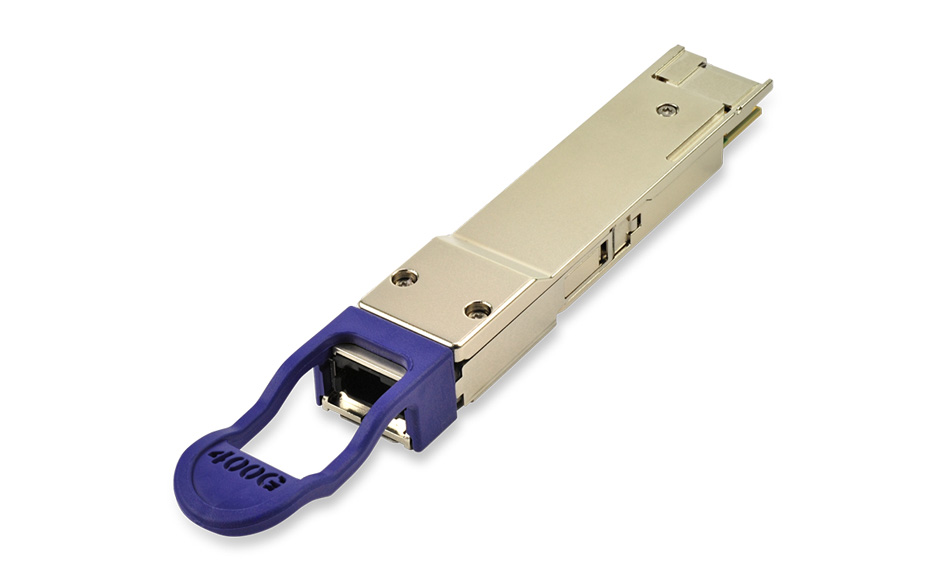
Coherent volume manufactures 100G EML, which are used in current generations of 400G (4x100G) and 800G (8x100G) transceivers. For emerging 800G (4x200G) and 1.6T (8x200G) applications, we have both 200G EML and DFB-MZ technology available. These enable optimal module design for each application, with regard to performance and cost.
Both PIC families incorporate extensive knowledge and experience from our long history in manufacturing complex PIC’s (IQ modulators and tunable lasers). Furthermore, at 200G/lane, signal integrity is of utmost importance, in particular for transceivers with densely packed large number of transmitting and receiving channels. All our datacom chip families feature on-chip RF termination circuit for superior signal integrity and minimized crosstalk. It also simplifies module design, reduces cost, and gives excellent signal performance.
Always looking ahead - opportunities for LPO
As we said earlier, AI/ML servers depend on optical links to connect to the outside world. These optical links need to be low cost and low power, in addition to being fast and modular. A relatively new alternative to the conventional transceiver format has been gaining interest. LPOs deliver low cost, low power, and low latency by removing the DSP from the transceiver. The DSP is packaged with the switch ASIC, an arrangement that uses a simple electrical trace to the faceplate, unlike the alternative co-packaged optics where the ASIC, DSP, and optical engine are all packaged in the switch.
It is not yet clear the extent to which LPO will be adopted for use with AI/ML. While it’s early days yet for LPO, switches are starting to appear with the enhanced DSP capabilities that can replace the DSP functions removed from the transceiver.
As a major innovator in transceivers, our R&D team is working on potential solutions to match future market demand for LPO pluggables. And as a vertically integrated vendor we are ready to support all levels of the LPO value chain with a range of existing technologies and products. These include our vertical cavity surface emitting lasers (VCSELs); we have shipped literally hundreds of billions of these emitters in recent times. Some other key products here are our laser diode driver circuits, and transimpedance amplifiers (TIAs). Another example of this is the laser diodes and laser diode arrays that not only underpin all optical communications, but also enable LIDAR, AR/VR and in-cabin sensing.
Coherent: Powering AI yesterday, today, and tomorrow
Since its earliest days, datacom has been characterized by a never-ending push for ever higher speeds. However, the recent surge in AI/ML demand has created an accelerated need to develop faster datacom. As AI becomes more widely adopted, our unique combination of vertical integration and breadth of technical expertise will continue to be an enabling, essential solution at all levels of the datacom value chain.
Read Coherent CTO Dr. Julie Sheridan Eng on Coherent’s role in AI
